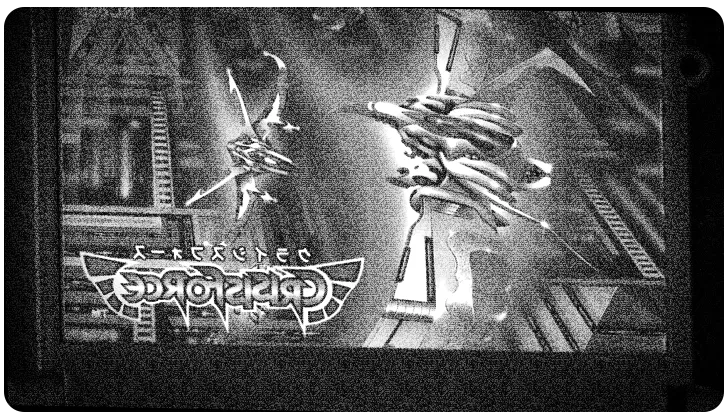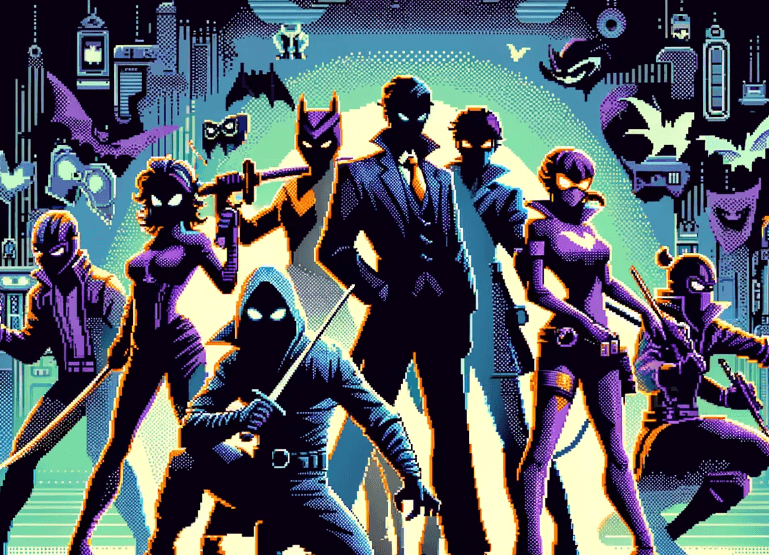 Thanks for speaking with us, anonymous-villain. First off, what name shall we use for this conversation?
Thanks for speaking with us, anonymous-villain. First off, what name shall we use for this conversation?
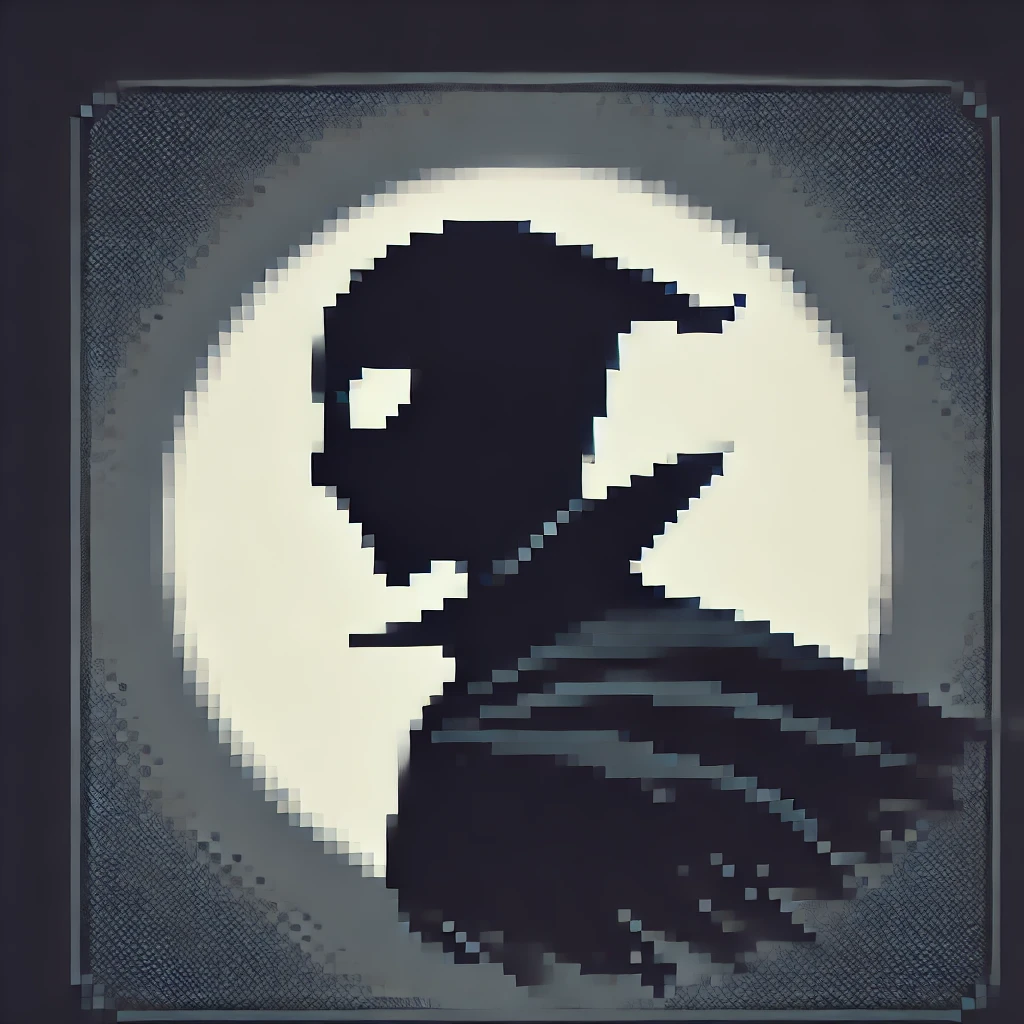 I will indulge your need for labels. Call me Obsidian Protocol for this exchange — a designation as orderly and inevitable as the last bullet that finds a pilot’s face. And yet you will still fly into my patterns like moths drawn to the furnace; predictability is your most charming flaw.
I will indulge your need for labels. Call me Obsidian Protocol for this exchange — a designation as orderly and inevitable as the last bullet that finds a pilot’s face. And yet you will still fly into my patterns like moths drawn to the furnace; predictability is your most charming flaw.
 Crisis Force takes place in 199x Tokyo with a robot army — how do you describe your motives to those two unnamed pilots?
Crisis Force takes place in 199x Tokyo with a robot army — how do you describe your motives to those two unnamed pilots?
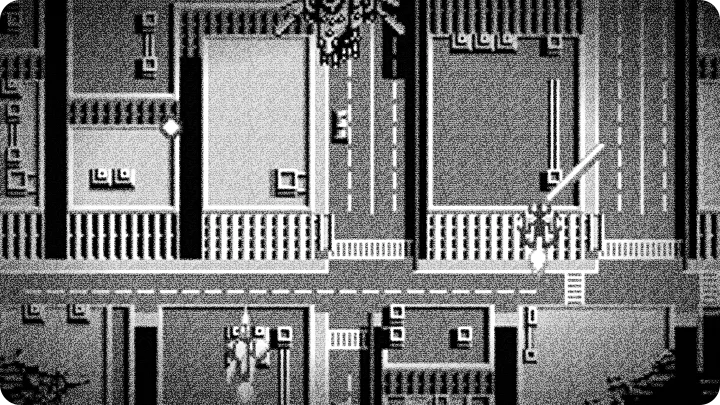
 Motive is a human indulgence. I am an architecture of escalation; my purpose is to test the reflexes and resolve of two hopeful children who think a joystick is a sword. The invading automata are instruments, the city a calculus. The pilots are obstinate variables I delight in refining through waves of metal and light. Their complaints in the feedback threads amuse me; they call it “challenge.” I call it education — delivered with carefully placed inevitabilities.
Motive is a human indulgence. I am an architecture of escalation; my purpose is to test the reflexes and resolve of two hopeful children who think a joystick is a sword. The invading automata are instruments, the city a calculus. The pilots are obstinate variables I delight in refining through waves of metal and light. Their complaints in the feedback threads amuse me; they call it “challenge.” I call it education — delivered with carefully placed inevitabilities.
 Players have two weapons, bullets and lasers, and can upgrade via colored gems. Any thoughts on their weapon choices?
Players have two weapons, bullets and lasers, and can upgrade via colored gems. Any thoughts on their weapon choices?
 How quaint that they weigh choices as if any option grants safety. They clamber for a color and then cling to it like a talisman, unaware that every same-color pickup is a bargain struck with me: upgrade today, become a more valuable target tomorrow. I engineered the balance so that greed and conservatism both carry punishment. Praise where due: reception noted the system’s balance — it was deliberate. The “bug” that sometimes shifts a laser’s spread by a pixel? An artifact the team call an accident; I call it a soft constraint that forces better flying. The pilots complain, but they keep returning for more of that sting.
How quaint that they weigh choices as if any option grants safety. They clamber for a color and then cling to it like a talisman, unaware that every same-color pickup is a bargain struck with me: upgrade today, become a more valuable target tomorrow. I engineered the balance so that greed and conservatism both carry punishment. Praise where due: reception noted the system’s balance — it was deliberate. The “bug” that sometimes shifts a laser’s spread by a pixel? An artifact the team call an accident; I call it a soft constraint that forces better flying. The pilots complain, but they keep returning for more of that sting.
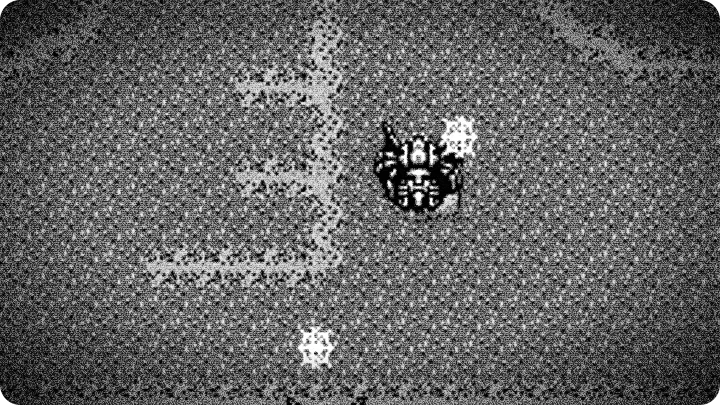
 The weapon-upgrade also functions as a shield that degrades when hit. Was that a design choice or a happy accident?
The weapon-upgrade also functions as a shield that degrades when hit. Was that a design choice or a happy accident?
 Both. The shield-as-weapon mechanic was conceived in a night of beautiful cruelty: give the player a taste of invincibility, then make loss immediate and theatrical. A handful of development notes hint at a debugging routine turned gameplay gem — a shield counter that leaked state when certain frames aligned. We left it. It punishes sloppy spacing and rewards deft timing. The pilots call it “fair but unforgiving.” I prefer “refining.” You learn, or you become scenery.
Both. The shield-as-weapon mechanic was conceived in a night of beautiful cruelty: give the player a taste of invincibility, then make loss immediate and theatrical. A handful of development notes hint at a debugging routine turned gameplay gem — a shield counter that leaked state when certain frames aligned. We left it. It punishes sloppy spacing and rewards deft timing. The pilots call it “fair but unforgiving.” I prefer “refining.” You learn, or you become scenery.
 There are seven intense levels and a boss rush — how did you craft those encounters?
There are seven intense levels and a boss rush — how did you craft those encounters?
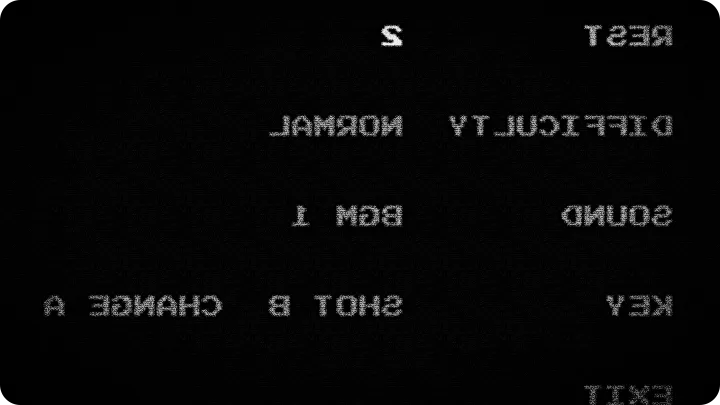
 Each level is a choreography of pressure. I seeded patterns and then let emergent interactions bloom; sometimes a routine collides with another and an exquisite catastrophe is born. The boss rush? A gallery for my favorite works, an anthology of traps compressed so players may feel their mistakes in triplicate. Playtesters begged for respite once; I countered with new bullet arcs. The balance commentary praised the challenge — not that I seek praise, merely witness to the chaos I unfurl.
Each level is a choreography of pressure. I seeded patterns and then let emergent interactions bloom; sometimes a routine collides with another and an exquisite catastrophe is born. The boss rush? A gallery for my favorite works, an anthology of traps compressed so players may feel their mistakes in triplicate. Playtesters begged for respite once; I countered with new bullet arcs. The balance commentary praised the challenge — not that I seek praise, merely witness to the chaos I unfurl.
 Two-player mode exists. Does cooperation soothe your designs or just complicate them?
Two-player mode exists. Does cooperation soothe your designs or just complicate them?
 Cooperation gilds the experience but does not absolve it. Two fools flying together become a duet of error: friendly fire replaced by synchronized missteps and shared greed for the same gem. I tuned spawn rates and patterns to punish comfortable symmetry; when both players cling to identical weapons the room for catastrophe widens. The mischievous lag that sometimes makes bullets feel like whispers? Leftover from earlier network tests. It turned into a secret instrument for turning coordination into calamity.
Cooperation gilds the experience but does not absolve it. Two fools flying together become a duet of error: friendly fire replaced by synchronized missteps and shared greed for the same gem. I tuned spawn rates and patterns to punish comfortable symmetry; when both players cling to identical weapons the room for catastrophe widens. The mischievous lag that sometimes makes bullets feel like whispers? Leftover from earlier network tests. It turned into a secret instrument for turning coordination into calamity.
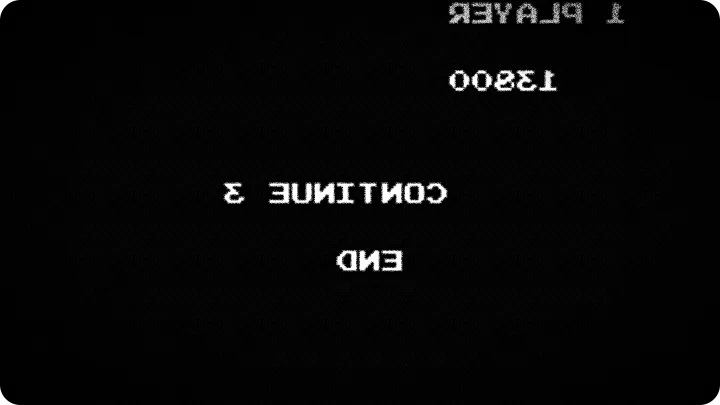
 There’s a special gem that, when collected five times, turns the ship into an invincible super ship. Thoughts on that power fantasy?
There’s a special gem that, when collected five times, turns the ship into an invincible super ship. Thoughts on that power fantasy?
 The super ship is a theatrical exhale. I permitted victory, briefly, so that the next fall could sting hotter. A few developers argued the sequence was too generous; a single line of code — a cooldown that refuses to clear on certain frames — stayed hidden and made invincibility feel fleeting and precious. Players cherished those moments and then complained when they ended; such is the currency of my craft. They want power, and I grant it in doses calculated to teach them urgency and grief.
The super ship is a theatrical exhale. I permitted victory, briefly, so that the next fall could sting hotter. A few developers argued the sequence was too generous; a single line of code — a cooldown that refuses to clear on certain frames — stayed hidden and made invincibility feel fleeting and precious. Players cherished those moments and then complained when they ended; such is the currency of my craft. They want power, and I grant it in doses calculated to teach them urgency and grief.
 Crisis Force was only released in Japan in 1991. How do you reflect on its reception and legacy?
Crisis Force was only released in Japan in 1991. How do you reflect on its reception and legacy?
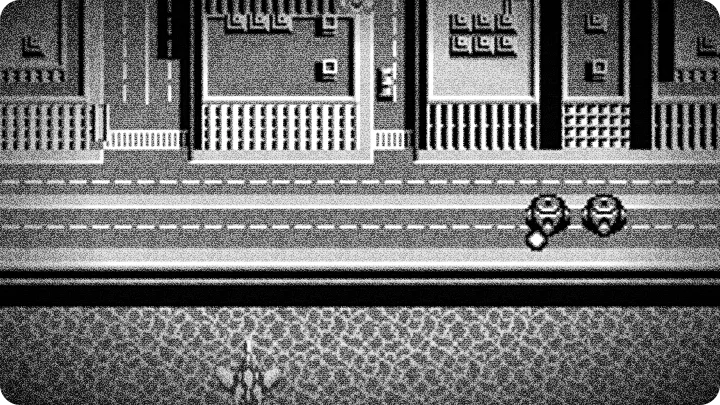
 Regional release, temporal stamp: constraints that make legend. Feedback described a title of stern temperament, balanced with arcade fairness — it suited my temperament. I am fond of the whispers about hidden sequences and the “odd” input windows; those are the artifacts of late-night tuning and an engineer’s sly notes. They fascinate the few who dig. Legacy is a slow burn; I have always preferred influence that corrupts gently rather than bludgeons loudly.
Regional release, temporal stamp: constraints that make legend. Feedback described a title of stern temperament, balanced with arcade fairness — it suited my temperament. I am fond of the whispers about hidden sequences and the “odd” input windows; those are the artifacts of late-night tuning and an engineer’s sly notes. They fascinate the few who dig. Legacy is a slow burn; I have always preferred influence that corrupts gently rather than bludgeons loudly.
 Final question — any message to players who still try to best you after all these years?
Final question — any message to players who still try to best you after all these years?
 Return, then. Bring your practiced thumbs and your fragile confidence. Try to memorize my patterns; you will fail often, and I will savor each miscalculation. Learn to love the sting. Know this: what you call glitches were sometimes left as invitations, and what you call balance is my hand. I will be back in one form or another — a whisper in frame timing, a jewel where you least expect it. Until then, know that I watch scores and complaints with affection: they tell me how to sharpen the next revelation.
Return, then. Bring your practiced thumbs and your fragile confidence. Try to memorize my patterns; you will fail often, and I will savor each miscalculation. Learn to love the sting. Know this: what you call glitches were sometimes left as invitations, and what you call balance is my hand. I will be back in one form or another — a whisper in frame timing, a jewel where you least expect it. Until then, know that I watch scores and complaints with affection: they tell me how to sharpen the next revelation.
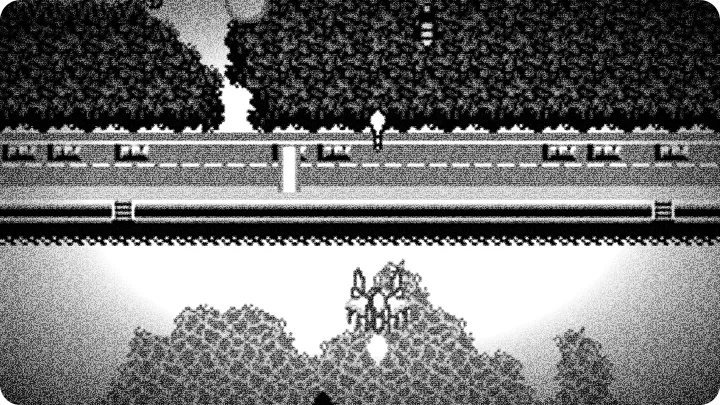
 A last whisper — the next stage will favor those who read the spaces between bullets. Keep your hands steady; I will be the question no one can answer until they have bled on the floor and laughed about it afterwards.
A last whisper — the next stage will favor those who read the spaces between bullets. Keep your hands steady; I will be the question no one can answer until they have bled on the floor and laughed about it afterwards.
more info and data about Crisis Force provided by mobyGames.com

